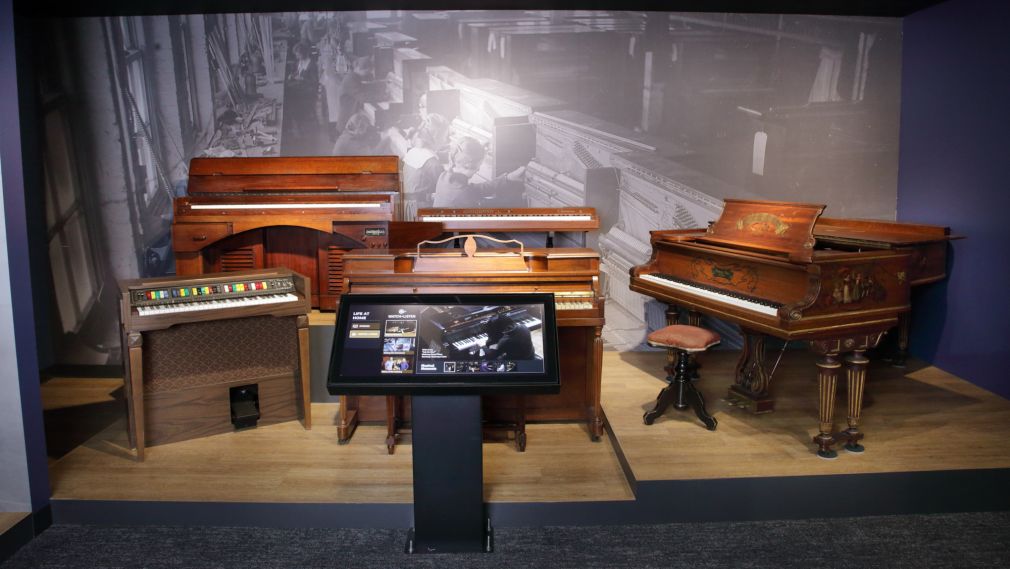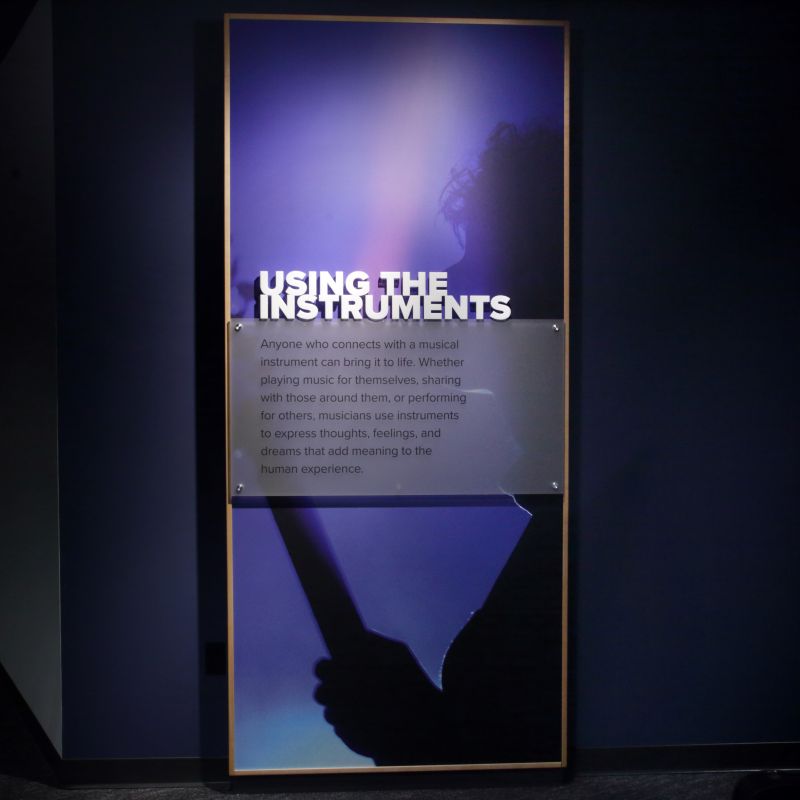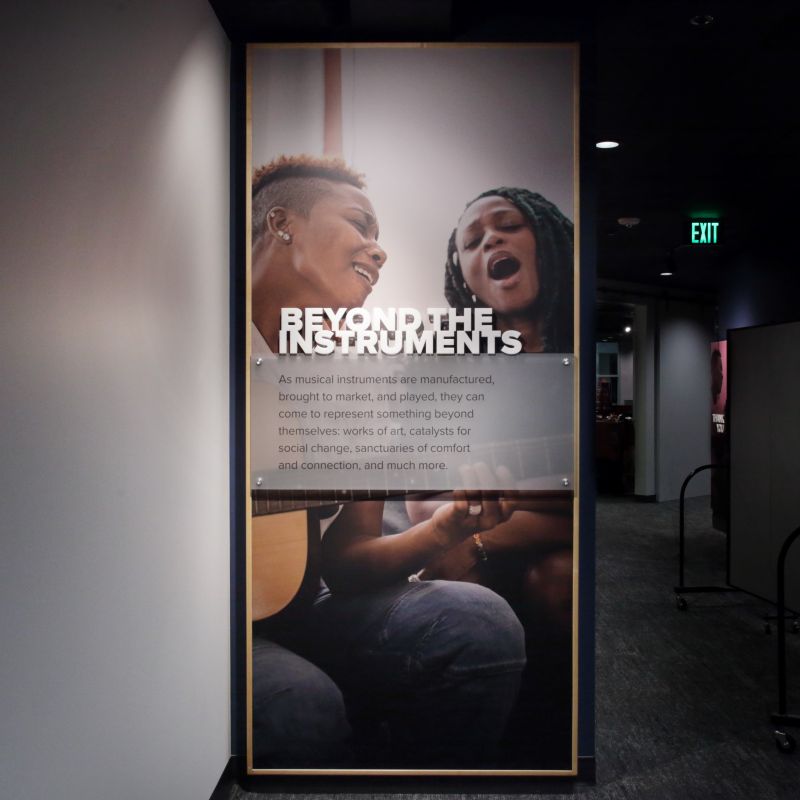Museum of Making Music Gallery Three and Four Preview

NAMM’s Museum of Making Music (MoMM) is undergoing its most comprehensive renovation since it opened its doors in 1998. The transformation is currently underway, with the grand reopening scheduled for summer 2021.
After visitors have taken in Gallery One, “Making the Instruments,” and Gallery Two, “Providing the Instruments,” they will make their way into Gallery Three, “Using the Instruments.” (The Gallery Two preview is available at /playback/advancing-music-making/museum-making-music-gallery-two-preview). Having learned about how and why instruments change over time, listened to dozens of musical samples and oral histories, watched footage of instrument manufacturing, viewed photographs, and taken a walk through history, Galleries Three and Four will provide a more reflective experience.

Gallery Three, “Using the Instruments,” will provide an immersive experience in the form of floor-to-ceiling projections on the gallery walls. This video presentation will blanket visitors in the power of music as scenarios from the perspective of music as a journey. This journey is designed for everyone: the individual (i.e., making music for myself), the community (i.e., making music with one another), and the performer/audience (i.e., making music for someone). To illustrate the performer/audience dynamic of using the instruments, the museum received permission to feature photography from iconic rock and roll photographers Henry Diltz, Bob Gruen, Neal Preston, and Ethan Russell. “These images represent a generation of musicians that changed the course of our collective musical history and shaped our musical identities. Through the floor-to-ceiling format, the photos can transport the visitor not only back in time but also onto the stage with some of their favorite performers,” says Carolyn Grant, the MoMM's Executive Director.

After the inspirational moments in Gallery Three, the MoMM brings patrons back to the original focus, the instruments, in Gallery Four, “Beyond the Instruments.” In the final gallery, instruments are examined through a much deeper and broader lens. As they are manufactured, brought to market, and used, they can represent something bigger. They can become works of art, catalysts for cultural change, sanctuaries of comfort and connection, expressions of revolutionary vision, and so much more. The displays demonstrate these concepts through examples such as artistry via highly inlaid guitars and pianos with exquisite marquetry; sanctuary with the Steinway Victory Vertical piano, a vintage phonograph, and a celesta; and illustrate change with the Roland TR808 drum machine and the Hammond B3.
The culmination of Gallery Four is a pivotal instrument, the Live Electronic Orchestra (LEO). Don Lewis began designing LEO in 1974 with the assistance of engineer Richard Bates. By 1977, Lewis developed the means to control a range of instruments (four Oberheim Expander Modules, two ARP 2600s, a Roland Jupiter 4, a Roland TR-808, and more) into a single instrument that could be played at the same time by a single musician. LEO has a lasting legacy, as it served as inspiration for the development of the Musical Instrument Digital Interface (MIDI) protocol, spearheaded by Ikutaro Kakehashi (Roland Corporation) and Dave Smith (Sequential Circuits).
More information about the MoMM renovation can be found at https://www.museumofmakingmusic.org/renovation.